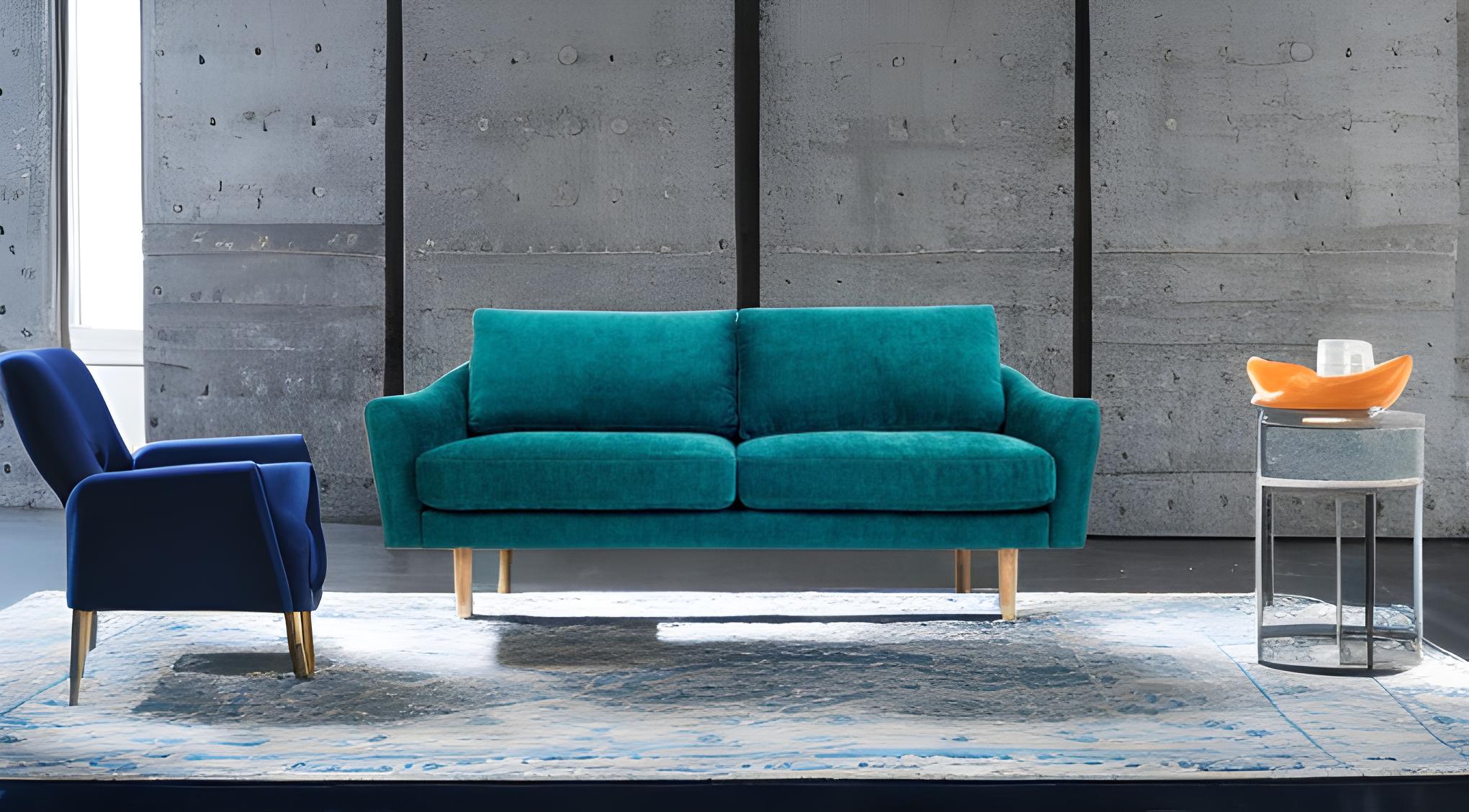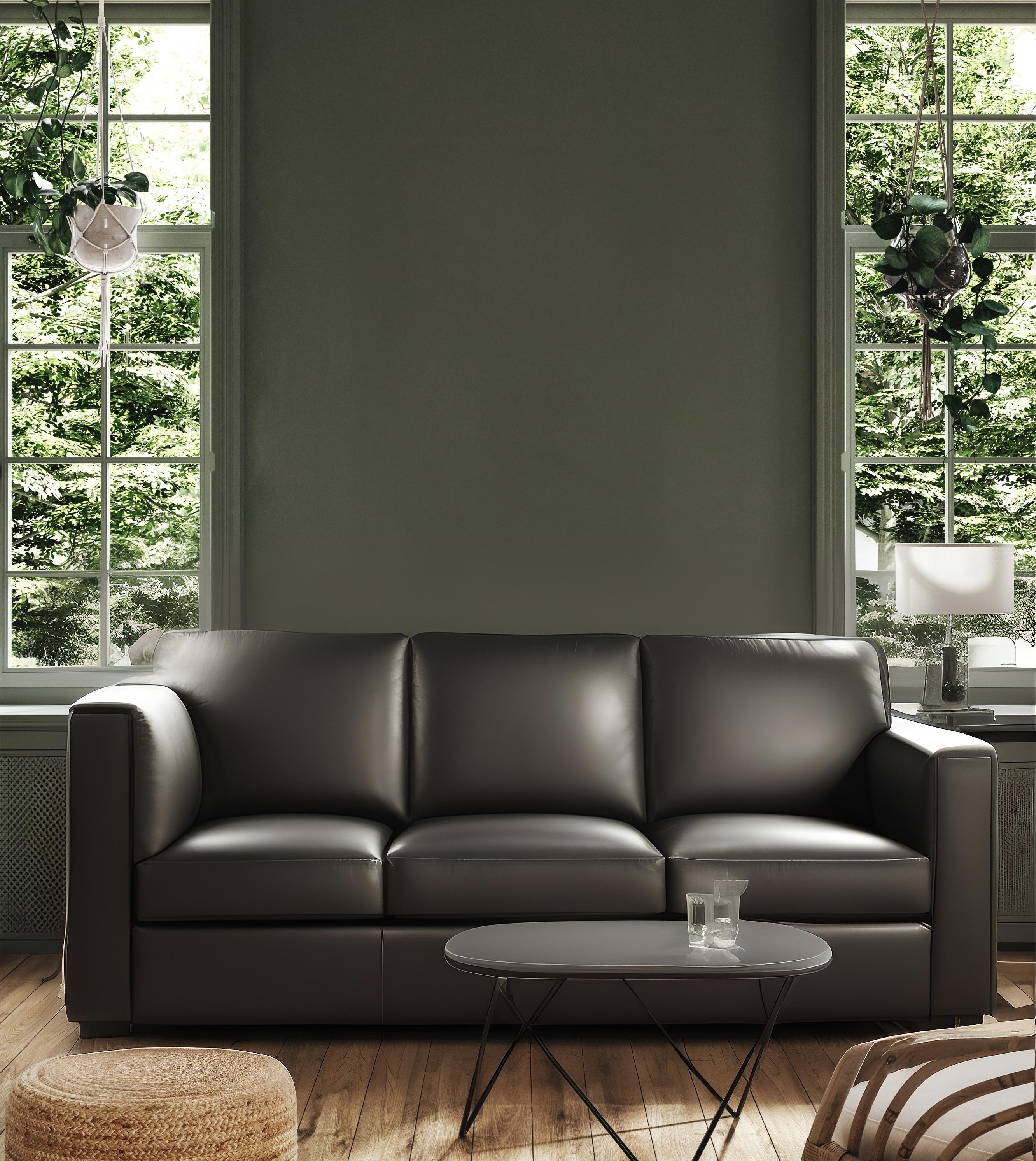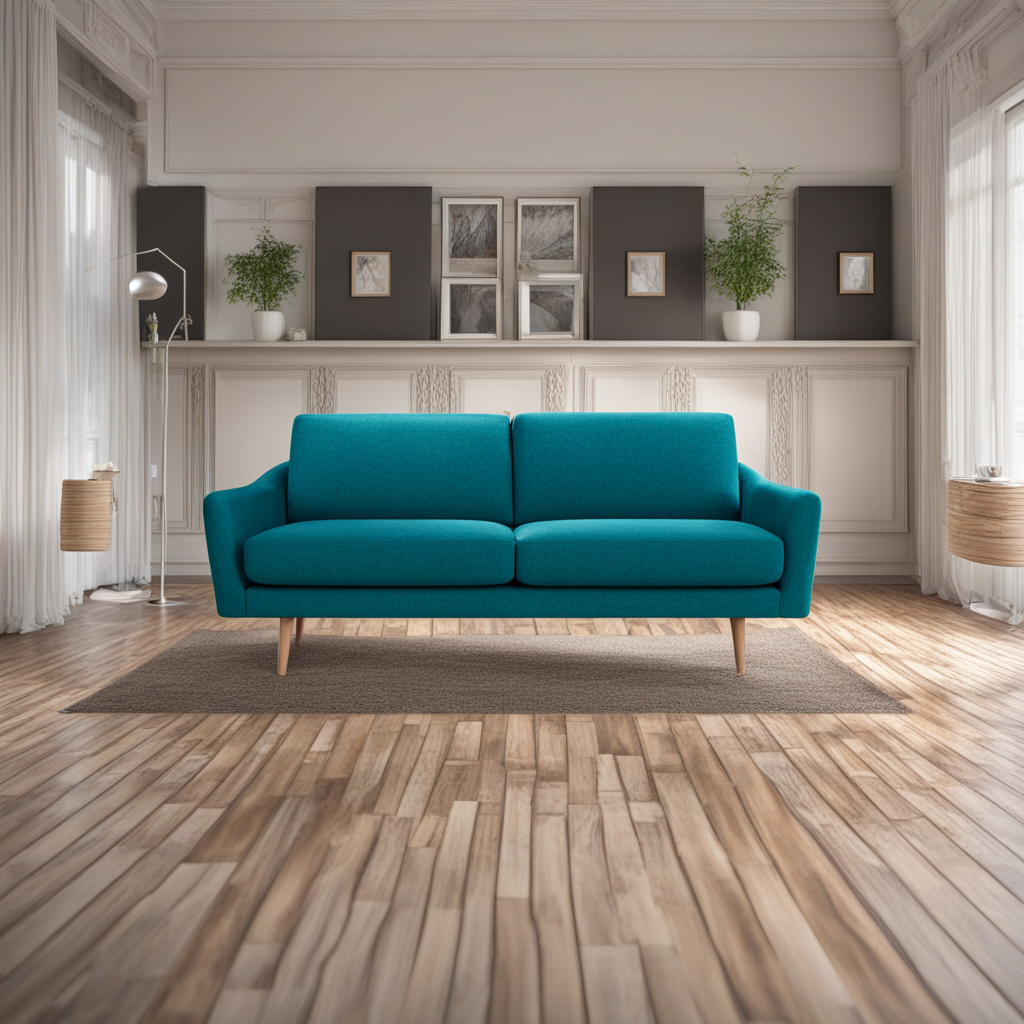ad-inpaint
Maintainer: logerzhu

362

| Property | Value |
|---|---|
| Model Link | View on Replicate |
| API Spec | View on Replicate |
| Github Link | No Github link provided |
| Paper Link | No paper link provided |
Get summaries of the top AI models delivered straight to your inbox:
Model overview
ad-inpaint is a product advertising image generator developed by logerzhu. It's designed to create images for product advertisements, with the ability to scale the output and generate multiple images from a single prompt. The model can be enhanced with ChatGPT by providing an OpenAI API key. It shares some similarities with other Stable Diffusion-based models like sdxl-ad-inpaint and inpainting-xl, which also focus on product image generation and inpainting.
Model inputs and outputs
The ad-inpaint model takes in a variety of inputs to generate product advertising images, including a prompt, an optional image path, and various configuration settings like scale, number of images, and guidance scale. The output is an array of image URLs, allowing you to generate multiple images at once.
Inputs
- Prompt: The product name or description to be used for generating the image
- Image Path: An optional input image to guide the generation process
- Scale: The factor to scale the output image by (up to 4x)
- Image Num: The number of images to generate (up to 4)
- Manual Seed: An optional manual seed value for the image generation
- Guidance Scale: The guidance scale parameter to control the influence of the prompt
- Negative Prompt: Keywords to exclude from the generated image
Outputs
- Output: An array of image URLs representing the generated product advertising images
Capabilities
The ad-inpaint model is capable of generating high-quality product advertising images based on a given prompt. It can scale the output images and produce multiple variations, allowing for a diverse set of options. By integrating with ChatGPT through an OpenAI API key, the model can also enhance the prompt to further refine the generated images.
What can I use it for?
ad-inpaint can be useful for businesses or individuals looking to create product advertising images quickly and efficiently. It can be used to generate images for e-commerce listings, social media posts, or marketing materials. The ability to scale the images and produce multiple variations makes it a versatile tool for creating a cohesive visual identity for a product or brand.
Things to try
One interesting aspect of ad-inpaint is its ability to take an input image and generate a new image based on the provided prompt. This can be useful for tasks like removing distractions or logo/text overlays from product images, or for creating completely new images that match a specific style or aesthetic. Additionally, experimenting with different prompts and negative prompts can lead to unexpected and creative results.
This summary was produced with help from an AI and may contain inaccuracies - check out the links to read the original source documents!
Related Models

lora_inpainting

14
lora_inpainting is a powerful AI model developed by zhouzhengjun that can perform inpainting on images. It is an improved version of the SDRV_2.0 model. lora_inpainting can be used to seamlessly fill in missing or damaged areas of an image, making it a valuable tool for tasks like photo restoration, image editing, and creative content generation. While similar to models like LAMA, ad-inpaint, and sdxl-outpainting-lora, lora_inpainting offers its own unique capabilities and use cases. Model inputs and outputs lora_inpainting takes in an image, a mask, and various optional parameters like a prompt, guidance scale, and seed. The model then generates a new image with the specified areas inpainted, preserving the original content and seamlessly blending in the generated elements. The output is an array of one or more images, allowing users to choose the best result or experiment with different variations. Inputs Image**: The initial image to generate variations of. This can be used for Img2Img tasks. Mask**: A black and white image used to specify the areas to be inpainted. Prompt**: The input prompt, which can use tags like , , etc. to specify LoRA concepts. Negative Prompt**: Specify things the model should not include in the output. Num Outputs**: The number of images to generate. Guidance Scale**: The scale for classifier-free guidance. Num Inference Steps**: The number of denoising steps to perform. Scheduler**: The scheduling algorithm to use. LoRA URLs**: A list of URLs for LoRA model weights to be applied. LoRA Scales**: A list of scales for the LoRA models. Seed**: The random seed to use. Outputs An array of one or more images, with the specified areas inpainted. Capabilities lora_inpainting excels at seamlessly filling in missing or damaged areas of an image while preserving the original content and style. This makes it a powerful tool for tasks like photo restoration, image editing, and content generation. The model can handle a wide range of image types and styles, and the ability to apply LoRA models adds even more flexibility and customization options. What can I use it for? lora_inpainting can be used for a variety of applications, such as: Photo Restoration**: Repair old, damaged, or incomplete photos by inpainting missing or corrupted areas. Image Editing**: Seamlessly remove unwanted elements from images or add new content to existing scenes. Creative Content Generation**: Generate unique and compelling images by combining input prompts with LoRA models. Product Advertising**: Create professional-looking product images by inpainting over backgrounds or adding promotional elements. Things to try One interesting aspect of lora_inpainting is its ability to blend in generated content with the original image in a very natural and unobtrusive way. This can be especially useful for tasks like photo restoration, where the model can fill in missing details or repair damaged areas without disrupting the overall composition and style of the image. Experiment with different prompts, LoRA models, and parameter settings to see how the model responds and the range of results it can produce.
Updated Invalid Date

test

3
The test model is an image inpainting AI, which means it can fill in missing or damaged parts of an image based on the surrounding context. This is similar to other inpainting models like controlnet-inpaint-test, realisitic-vision-v3-inpainting, ad-inpaint, inpainting-xl, and xmem-propainter-inpainting. These models can be used to remove unwanted elements from images or fill in missing parts to create a more complete and cohesive image. Model inputs and outputs The test model takes in an image, a mask for the area to be inpainted, and a text prompt to guide the inpainting process. It outputs one or more inpainted images based on the input. Inputs Image**: The image which will be inpainted. Parts of the image will be masked out with the mask_image and repainted according to the prompt. Mask Image**: A black and white image to use as a mask for inpainting over the image provided. White pixels in the mask will be repainted, while black pixels will be preserved. Prompt**: The text prompt to guide the image generation. You can use ++ to emphasize and -- to de-emphasize parts of the sentence. Negative Prompt**: Specify things you don't want to see in the output. Num Outputs**: The number of images to output. Higher numbers may cause out-of-memory errors. Guidance Scale**: The scale for classifier-free guidance, which affects the strength of the text prompt. Num Inference Steps**: The number of denoising steps. More steps usually lead to higher quality but slower inference. Seed**: The random seed. Leave blank to randomize. Preview Input Image**: Include the input image with the mask overlay in the output. Outputs An array of one or more inpainted images. Capabilities The test model can be used to remove unwanted elements from images or fill in missing parts based on the surrounding context and a text prompt. This can be useful for tasks like object removal, background replacement, image restoration, and creative image generation. What can I use it for? You can use the test model to enhance or modify existing images in all kinds of creative ways. For example, you could remove unwanted distractions from a photo, replace a boring background with a more interesting one, or add fantastical elements to an image based on a creative prompt. The model's inpainting capabilities make it a versatile tool for digital artists, photographers, and anyone looking to get creative with their images. Things to try Try experimenting with different prompts and mask patterns to see how the model responds. You can also try varying the guidance scale and number of inference steps to find the right balance of speed and quality. Additionally, you could try using the preview_input_image option to see how the model is interpreting the mask and input image.
Updated Invalid Date

sdxl-ad-inpaint

165
The sdxl-ad-inpaint model is a custom implementation of an SDXL (Stable Diffusion XL) Ad Inpaint Cog model developed by catacolabs. This model is designed to generate product advertising images by removing the background from an input image and generating a new background based on a provided prompt. It builds upon similar SDXL-based models like sdxl-inpainting and the general sdxl model. Model inputs and outputs The sdxl-ad-inpaint model takes in several inputs to control the generation process, including an image, a prompt describing the desired background, and various parameters to fine-tune the output. The model then generates a new image with the product seamlessly integrated into the new background. Inputs Image**: The image of the product to be placed in the new setting Prompt**: A description of the desired background setting for the product Negative Prompt**: A description of what the user does not want in the setting Guidance Scale**: A parameter controlling the strength of the prompt guidance Condition Scale**: A parameter controlling the strength of the conditioning on the input image Number of Refinement Steps**: The number of steps to refine the output image Number of Inference Steps**: The number of steps to perform image generation Outputs Output Image**: The final generated image with the product placed in the new background Capabilities The sdxl-ad-inpaint model excels at generating high-quality, visually appealing product advertising images. By combining the capabilities of SDXL for text-to-image generation with the ability to seamlessly integrate a product into a new background, the model can create compelling visuals for marketing and promotional purposes. What can I use it for? The sdxl-ad-inpaint model can be used to create product advertisements, promotional materials, and visuals for e-commerce and online retail applications. It allows users to quickly generate custom images featuring their products in a variety of settings, without the need for manual image editing or expensive photo shoots. Things to try Some interesting things to try with the sdxl-ad-inpaint model include experimenting with different prompts to create unique and eye-catching backgrounds, using the negative prompt to exclude certain elements from the final image, and adjusting the various parameters to fine-tune the output. You can also try combining this model with other SDXL-based models, such as the sdxl-inpainting or masactrl-sdxl models, to explore more advanced image manipulation capabilities.
Updated Invalid Date

gfpgan

73.6K
gfpgan is a practical face restoration algorithm developed by the Tencent ARC team. It leverages the rich and diverse priors encapsulated in a pre-trained face GAN (such as StyleGAN2) to perform blind face restoration on old photos or AI-generated faces. This approach contrasts with similar models like Real-ESRGAN, which focuses on general image restoration, or PyTorch-AnimeGAN, which specializes in anime-style photo animation. Model inputs and outputs gfpgan takes an input image and rescales it by a specified factor, typically 2x. The model can handle a variety of face images, from low-quality old photos to high-quality AI-generated faces. Inputs Img**: The input image to be restored Scale**: The factor by which to rescale the output image (default is 2) Version**: The gfpgan model version to use (v1.3 for better quality, v1.4 for more details and better identity) Outputs Output**: The restored face image Capabilities gfpgan can effectively restore a wide range of face images, from old, low-quality photos to high-quality AI-generated faces. It is able to recover fine details, fix blemishes, and enhance the overall appearance of the face while preserving the original identity. What can I use it for? You can use gfpgan to restore old family photos, enhance AI-generated portraits, or breathe new life into low-quality images of faces. The model's capabilities make it a valuable tool for photographers, digital artists, and anyone looking to improve the quality of their facial images. Additionally, the maintainer tencentarc offers an online demo on Replicate, allowing you to try the model without setting up the local environment. Things to try Experiment with different input images, varying the scale and version parameters, to see how gfpgan can transform low-quality or damaged face images into high-quality, detailed portraits. You can also try combining gfpgan with other models like Real-ESRGAN to enhance the background and non-facial regions of the image.
Updated Invalid Date